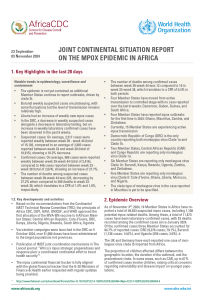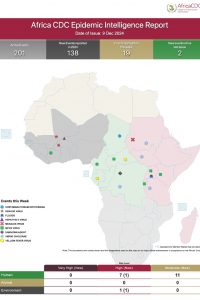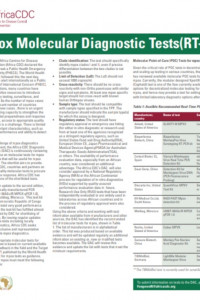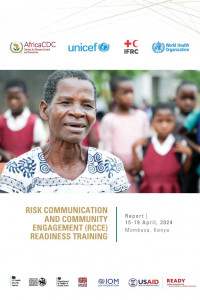
- Version
- Download 905
- File Size 236.13 KB
- File Count 1
- Create Date 25 January 2024
- Last Updated 26 January 2024
Internal Directive on Sexual Exploitation and Abuse and Sexual Harrassment
Introduction
1. In executing its mandate, Africa CDC complies with the African Union’s policies for the prevention, reporting and response to misconduct. This includes sexual misconduct in the form of sexual exploitation and abuse (SEA) and sexual harassment (SH). Africa CDC also honours various continental instruments promoting human dignity including the African Charter on Human and Peoples’ Rights1, the African Union’s Solemn Declaration on Gender Equality in Africa2, and the African Charter on Rights and Welfare of the Child3. Accordingly, Africa CDC has “zero tolerance” for sexual misconduct, will refer for investigation any reported instances, support sanctioning where this misconduct has been established, and support assistance and redress to victims in accordance with African Union policies.
2. The objective of this Internal Directive is to support Africa CDC’s commitment to the prevention of SEA and SH in its operations, programs and projects; and to taking appropriate measures in response to observed or alleged SEA and SH.
Attached Files
| File | Action |
|---|---|
| Internal Directive on Sexual Exploitation and Abuse and Sexual Harrassment | Download |






